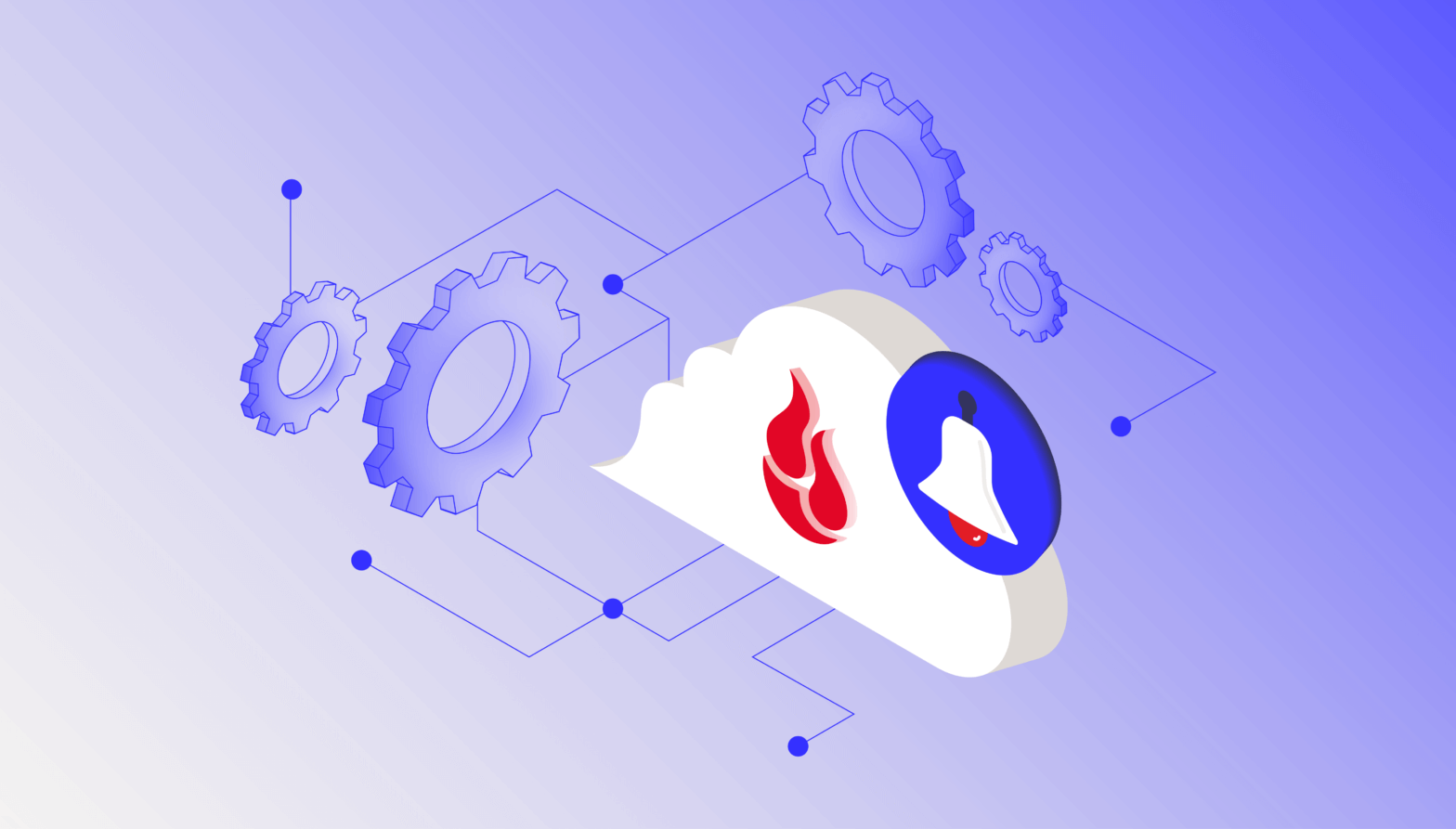
AI is everywhere—powering chatbots, generating images, even deciding what you binge watch next. It’s no wonder businesses of all sizes are feeling compelled to jump on the AI bandwagon. But before you get swept up in the AI hype, here’s the question you need to ask: Is AI right for your business and the problem you’re trying to solve?
Where AI truly becomes a change agent is when it is powered by your organization’s data to deliver relevant, insightful, and actionable observations to you in a timely manner. The reality is, while AI is really cool, without your unique data it provides your organization few competitive advantages. Of course, releasing proprietary, or even sensitive, information to a robot connected to the internet can be risky—and you want to make sure your (and your clients’) information doesn’t end up in surprising places.
But just because everyone’s talking about AI doesn’t mean it’s the magic bullet for every problem. Like any strategic investment, it takes careful consideration. So, before you hand over your data to a machine, let’s explore whether AI is really what your business needs—or if it’s just another shiny object in the tech landscape.
Where do I start?
Today, many organizations are somewhere along the AI/ML path. Most are experimenting with AI, some are actively building applications, and a handful have successfully deployed a solution. Like any other project, before you start trying to use AI in your organization, the first thing you should do is define the problem you are trying to solve. Only then can you determine if you really need AI as a part of the solution.
Ask yourself the following questions about the project. If you answer yes to all four items, the project is AI-worthy:
1. Do you want AI to replace tedious, repetitive tasks?
Start by identifying the business problem in specific, measurable terms. Determine the scope of the problem, its frequency, and the impact it has on your business. Is it recurring and time consuming? If the problem is complex, repetitive, or data-intensive, it might be suitable for AI.
2. Do you want to use AI because you can’t consistently apply a set of logical rules to answer the questions at hand?
If the problem involves large amounts of data that is difficult to process manually where the answer is derived by combining and weighing multiple factors, it may be a candidate for an AI-based solution. On the other hand, just because it can be automated doesn’t mean you need an AI solution—AI is expensive in terms of power and processing resources. If you’re running a simple routine task over and over, you might be just as well off using traditional programming methods. But, when you’re solving a complex task, you need a structure that is not a strict binary, and that’s when you might want to use AI.
3. Will you use AI for problems that humans can solve, but AI can solve much faster?
AI should help your organization solve problems it finds extremely difficult or nearly impossible to solve otherwise. AI excels at tackling complex problems that overwhelm traditional methods, such as processing vast amounts of data, recognizing intricate patterns, or making real-time predictions. If your business is facing challenges that manual processes or standard software can’t handle effectively, AI can step in to provide powerful, scalable solutions that would otherwise be out of reach.
But remember, AI should work with you, not against you. Understand how AI will integrate into your workflow and whether it aligns with your overall business strategy to avoid creating unnecessary complications or disrupting ongoing operations.
4. Do you intend for AI to increase productivity of a function or group?
Most AI projects are productivity based, even those that seem otherwise. Even AI projects aimed at improving customer experiences, like personalized recommendations, ultimately enhance productivity by streamlining interactions and reducing manual effort. At their core, most AI implementations are designed to automate tasks, optimize processes, or extract actionable insights, all of which drive greater efficiency and cost savings. And, that means you need to analyze the potential return on investment (ROI).
AI integration requires an investment in technology, data management, and often specialized personnel. Weigh the cost of implementing AI against the potential benefits it could bring. Will it save time or reduce costs? By how much? If the financial or productivity benefits outweigh the costs, AI may be a worthwhile investment.
Where to next?
Clearly defining the problem and deciding if it’s suitable for an AI-based solution is really just the first step. Once the problem is defined, you open up another set of questions around whether and how to implement it. Do you have the right data, resources, and expertise to support an AI solution? How will it integrate with your systems? How will you measure success? The answers to all of these questions should absolutely inform your decision-making, but understanding if you’re applying AI to the right problem is your starting point. Without that, you’re using a sledgehammer to crack a nut, so to speak.




